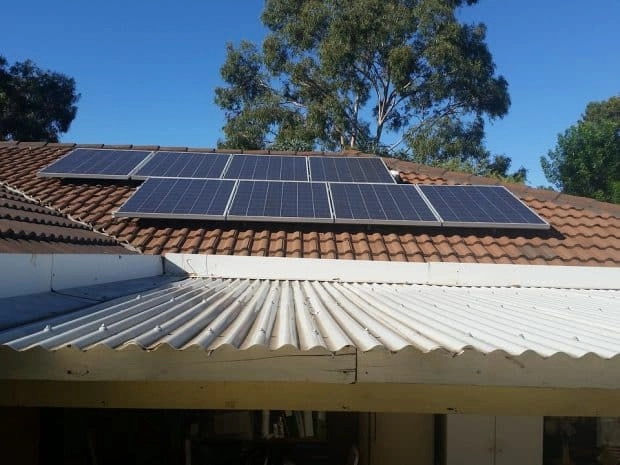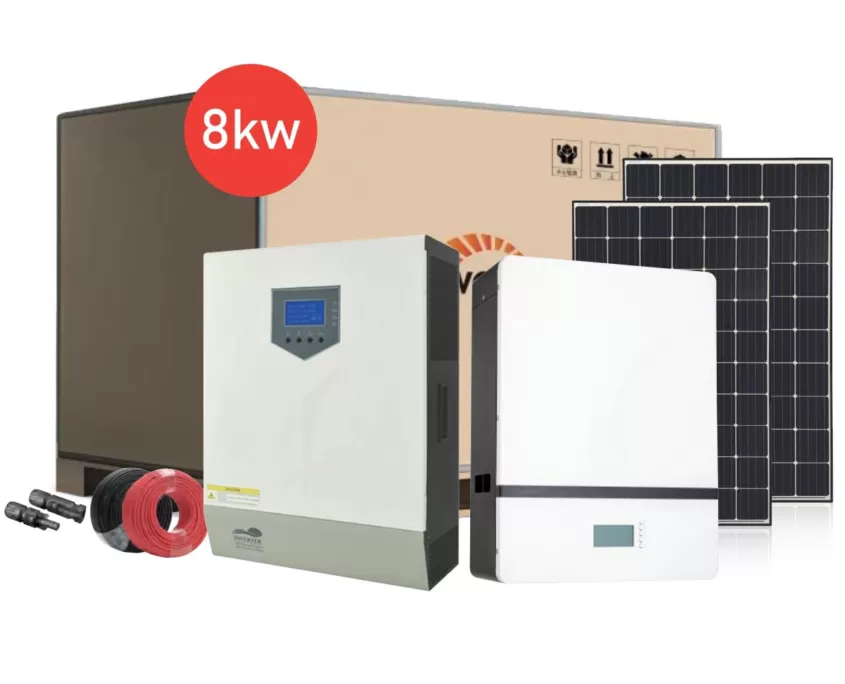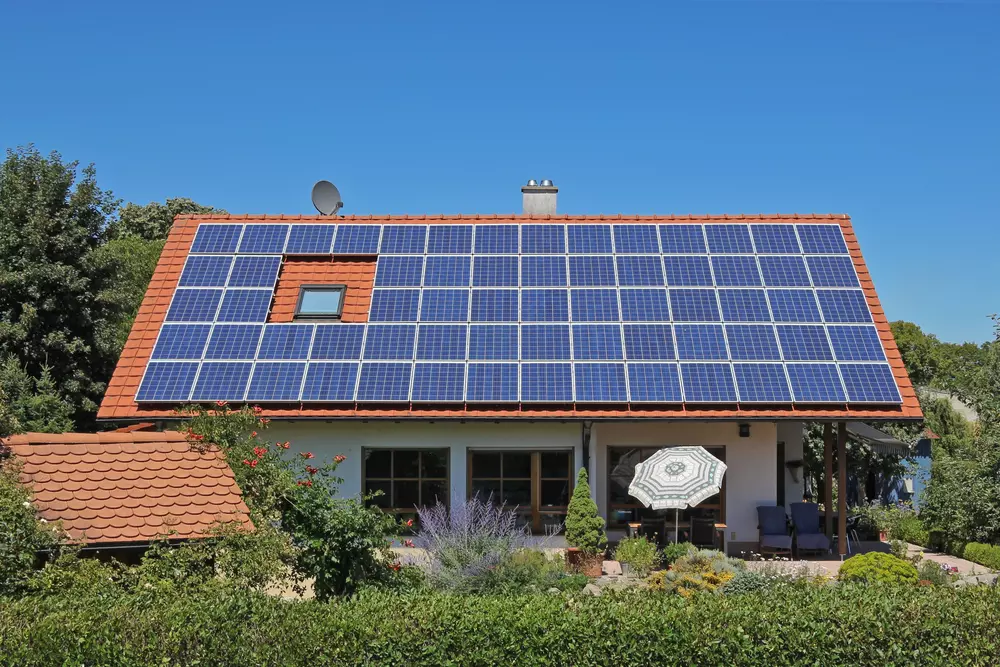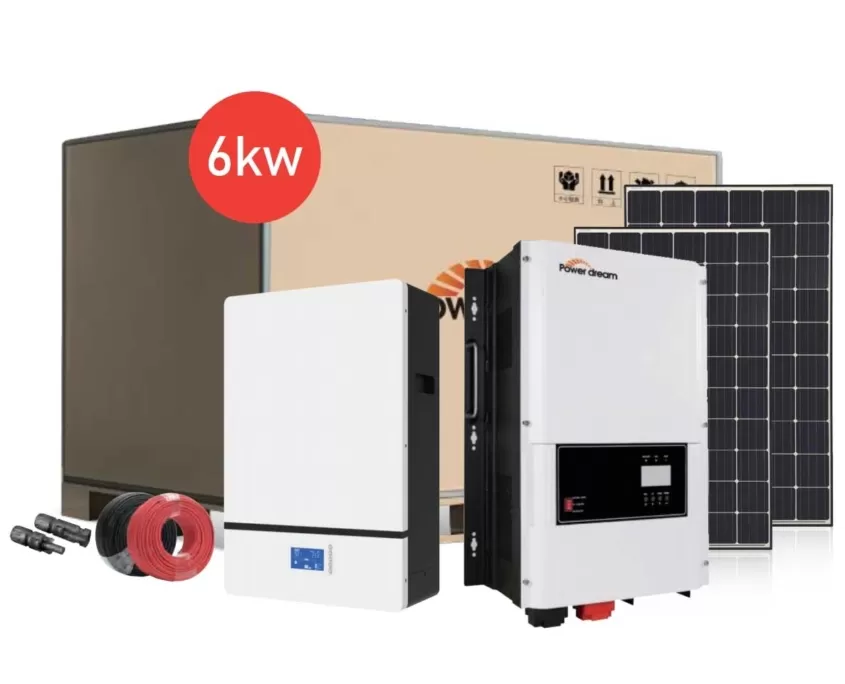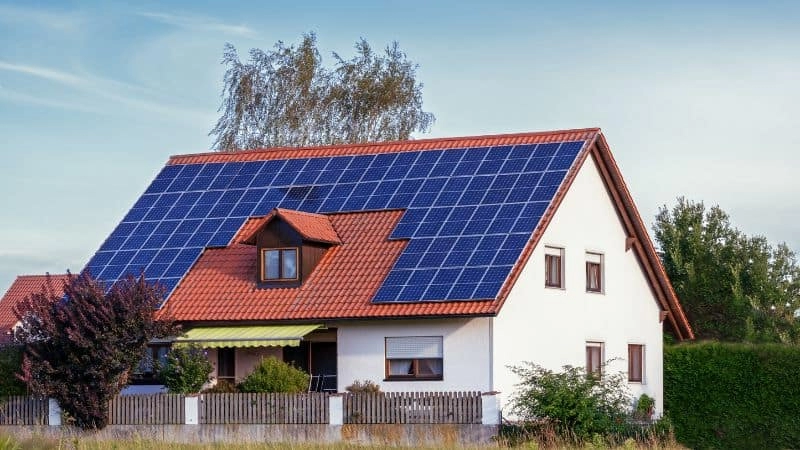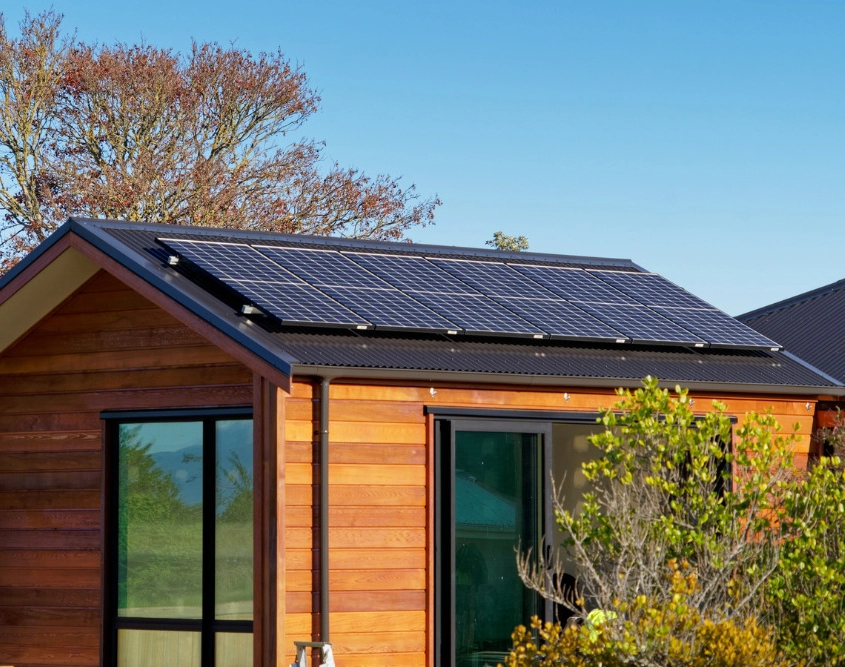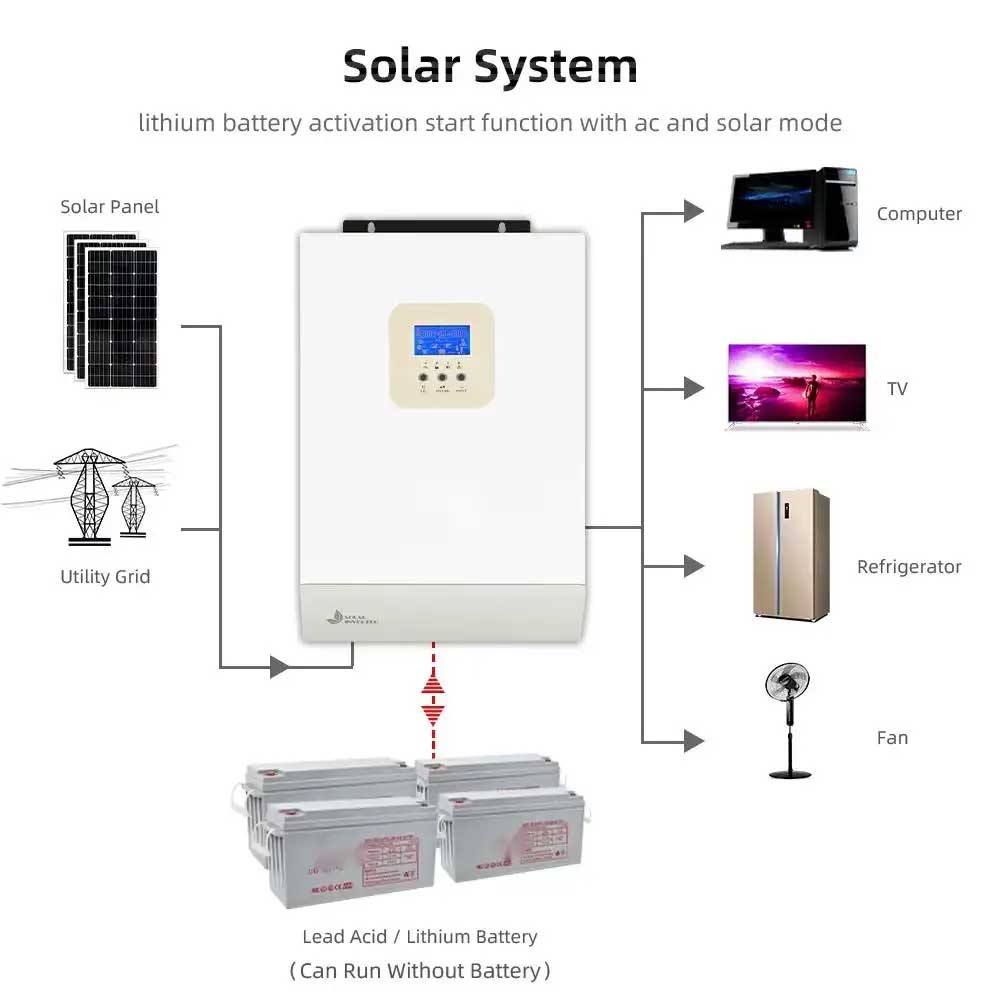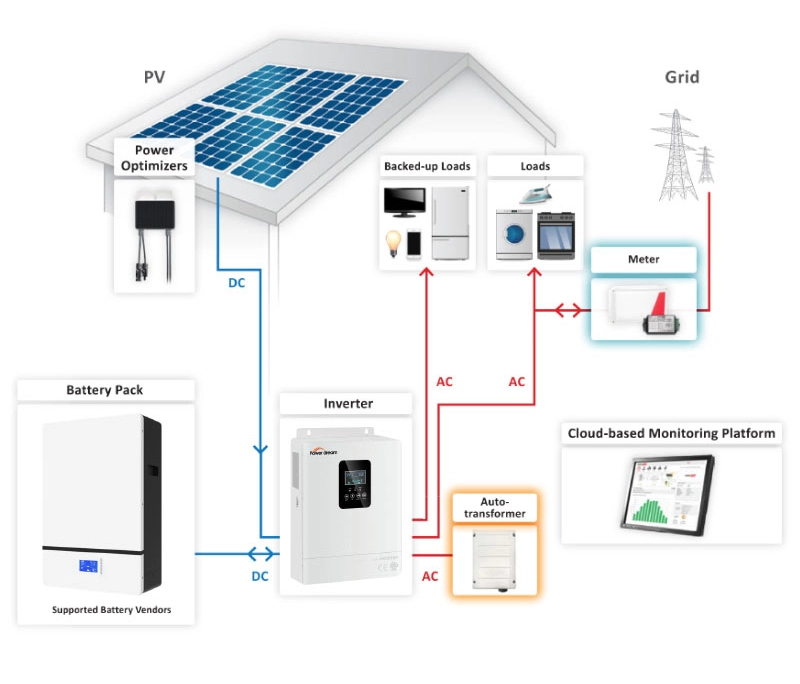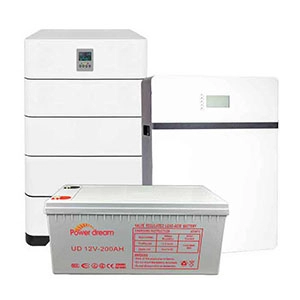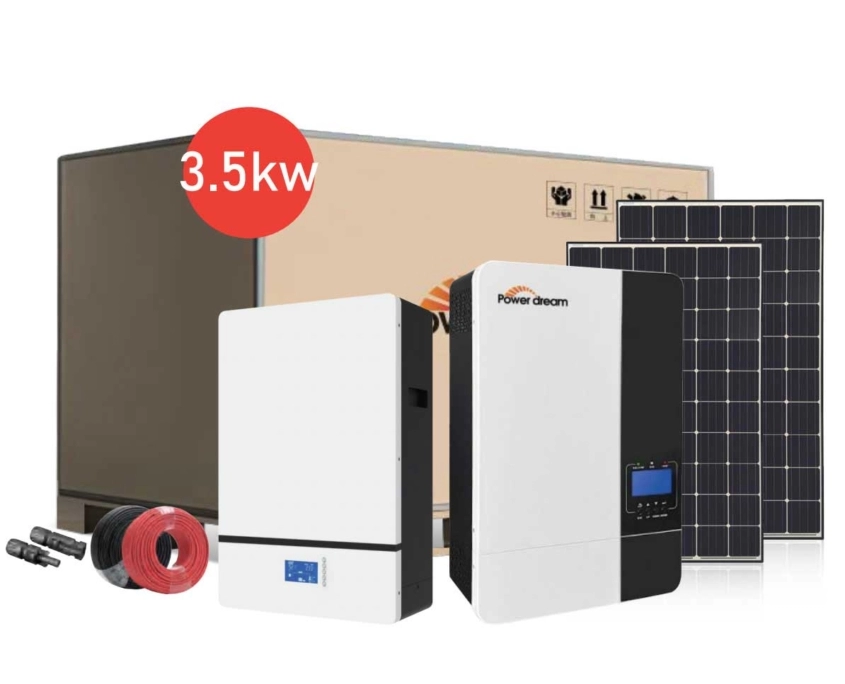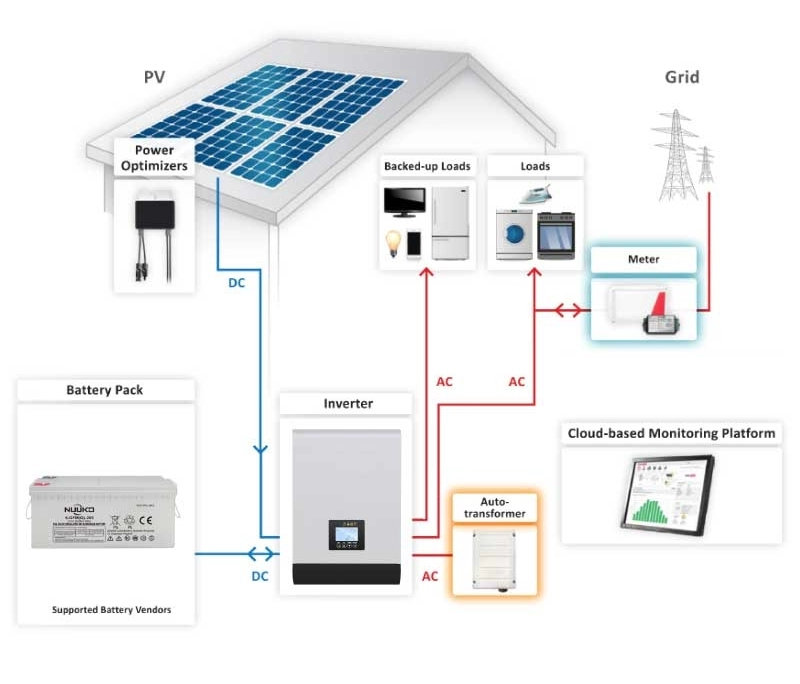How can off-grid home solar systems support off-grid living in Switzerland?
Switzerland’s mountainous terrain and dispersed Alpine communities make it difficult to have a reliable electricity supply. As a result, off-grid home solar systems offer a sustainable solution for their chalets in areas where laying public lines is costly and environmentally damaging. By leveraging high-efficiency photovoltaic panels, lithium-ion battery packs, and intelligent energy management, off-grid solar installations can provide reliable power for lighting, heating, circulation pumps, refrigeration systems, and even small workshops. Among the clients we have worked with, we designed and commissioned a 35 kW off-grid home solar system for a chalet in the Interlaken Alps, demonstrating how these systems can provide year-round autonomy.
Conducting Site Assessments and Precise Energy Analysis
Before installing an off-grid home solar system, we conduct a comprehensive site assessment and energy configuration tailored to the unique conditions of the Interlaken Alps. Engineers perform solar irradiance measurements, evaluate the best panel orientation on south-facing slopes, and simulate seasonal shading from surrounding peaks. They develop detailed load profiles that account for variations such as winter heating peaks. The 35 kW off-grid home solar system chosen, which consists of 120 monocrystalline silicon panels, generates an average of 120 kWh of electricity per day in the summer, tapering to 40 kWh during the shortest days of winter. Coupled with a 200 kWh lithium battery bank, this configuration ensures that the basic system can continue to operate even during multiple days of cloudy weather.
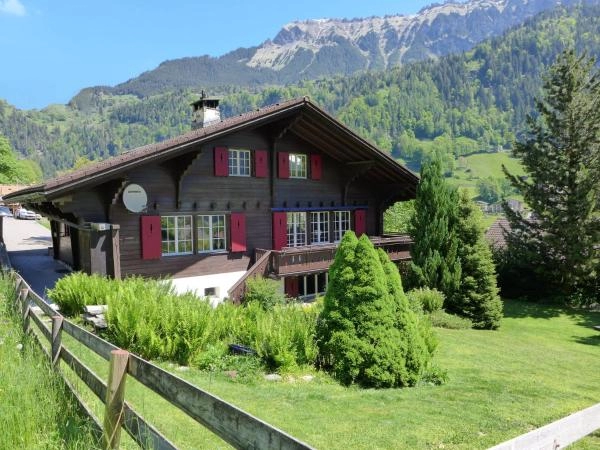
Off-grid home solar system Powerful battery storage and dynamic energy management
At the heart of the off-grid home solar system is the energy storage and management architecture. They utilize modular lithium-iron-phosphate batteries, rated for 4,000 cycles. They are housed in a climate-controlled cabinet, while the inverter and charger coordinate the flow of power. First, they deliver solar energy to the home loads, then charge the batteries, and finally start the propane generator only when the charge is below 20% after a prolonged period of low light. Advanced features such as demand-based load shedding and time-of-use scheduling optimize appliance operation during peak solar hours. Real-time monitoring through a secure web portal and mobile app provides in-depth insights into generation, consumption, and storage status. These features maximize self-use electricity, extend battery life, and maintain seamless operation, which are the hallmarks of a high-performance, off-grid home solar system.
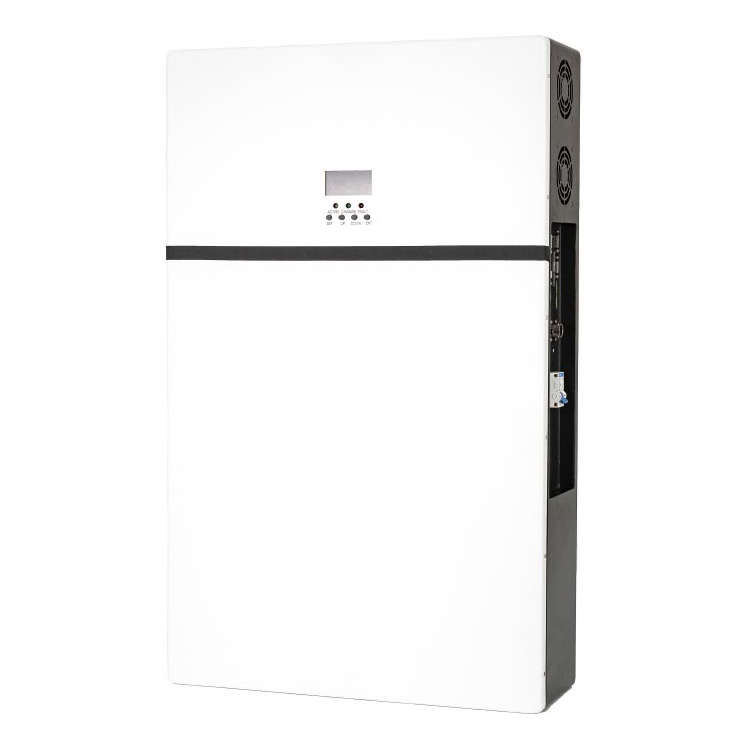
100Ah Solar Battery Storage: Instant Savings, Grab Now.
Component Selection and Durability in Cold Climates
Operating in the Swiss Alpine environment, off-grid home solar systems must be able to withstand extreme cold, heavy snow, and strong winds. For users in the region, we use panels with enhanced low-light performance and anti-snow coating and install them on 35° tilt brackets to naturally shed snow. At the same time, inverters with integrated heaters and batteries with built-in thermal management maintain optimal performance even in temperatures as low as -20°C. Additionally, all cables and connectors in the off-grid solar system kit comply with UV and sub-zero temperature standards, and the mounting hardware meets the 5 kPa snow load standard specified in IEC 62548. The electrical component housing is IP66-rated to prevent moisture intrusion. This ensures that the off-grid home solar system remains reliable and efficient, regardless of the extreme weather in the Alps, and provides uninterrupted power when it is most needed.

Off-grid home solar systems seamlessly integrate with auxiliary power.
Auxiliary generators provide critical backup power during extended periods of low sunlight. BARANA’s 35 kW Swiss unit integrates the generator via the inverter’s automatic transfer switch, enabling seamless switchover when battery reserves fall below a predetermined threshold. Programmable load-shedding logic prioritizes critical circuits while deferring non-critical loads to periods of excess solar or generator power. Automatic startup and shutdown sequences minimize manual intervention, resulting in a reduction of more than 30% in generator run time. By coordinating renewable and conventional power sources, off-grid home solar systems combine environmental sustainability with practical reliability, ensuring these remote cabins stay warm, lit, and connected even on the darkest winter days.
Proactive maintenance, monitoring, and support
Maintaining the optimal performance of an off-grid home solar system requires proactive maintenance and ongoing monitoring. This includes quarterly remote system diagnostics, semi-annual panel integrity and mounting hardware checks, and annual battery health assessments. KPIs are recorded using a cloud-based monitoring platform, including daily solar power generation, battery cycle count, and generator run time. In addition, predictive analytics can detect battery capacity decline or inverter inefficiency before it becomes critical, triggering preventive maintenance. By performing firmware updates and component replacements, you can minimize downtime. With a strong support ecosystem, you can ensure that off-grid home solar systems remain resilient and fully operational, even in the most remote alpine areas.
Providing off-grid solutions that combine comfort and independence
The 35 kW off-grid home solar system installed at the Interlaken Alps hut enables off-grid living in the Alps. For any region, we will provide solar system solutions that combine comfort and independence through careful site assessment and deployment of high-capacity battery energy storage systems equipped with intelligent energy management.

